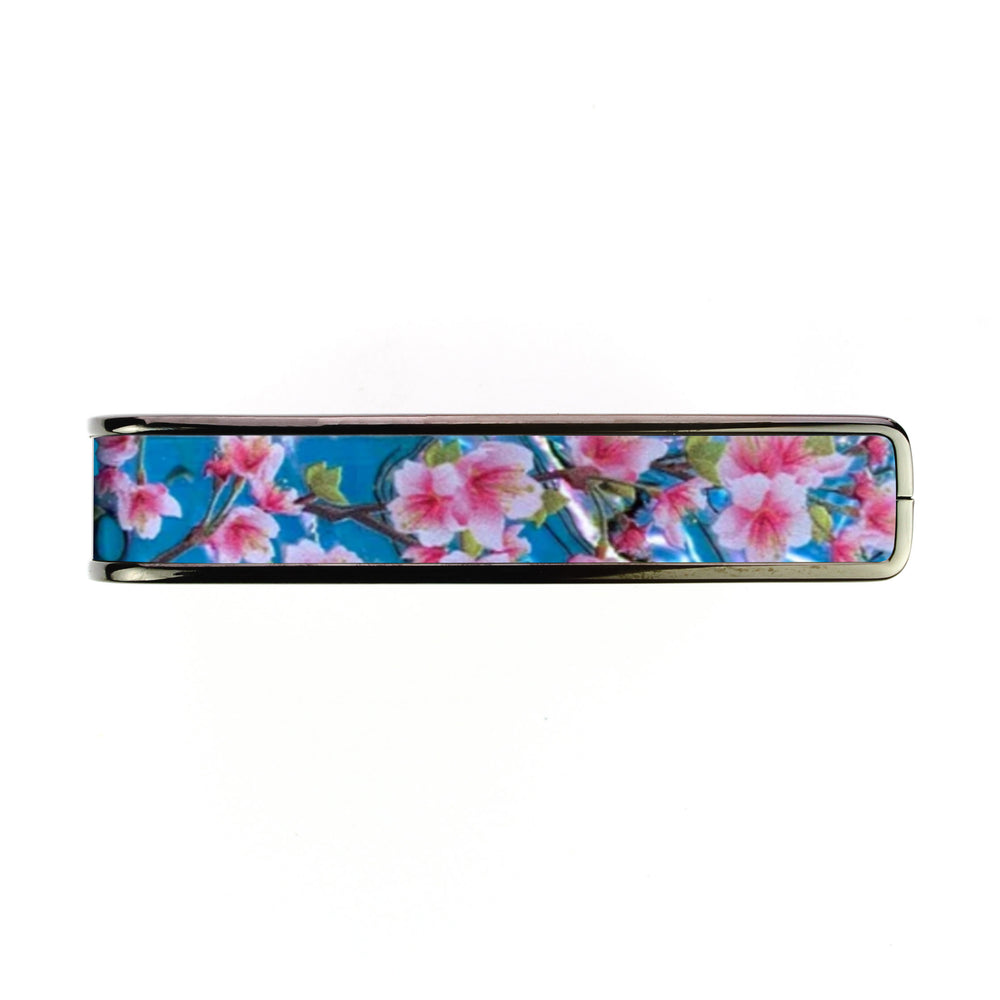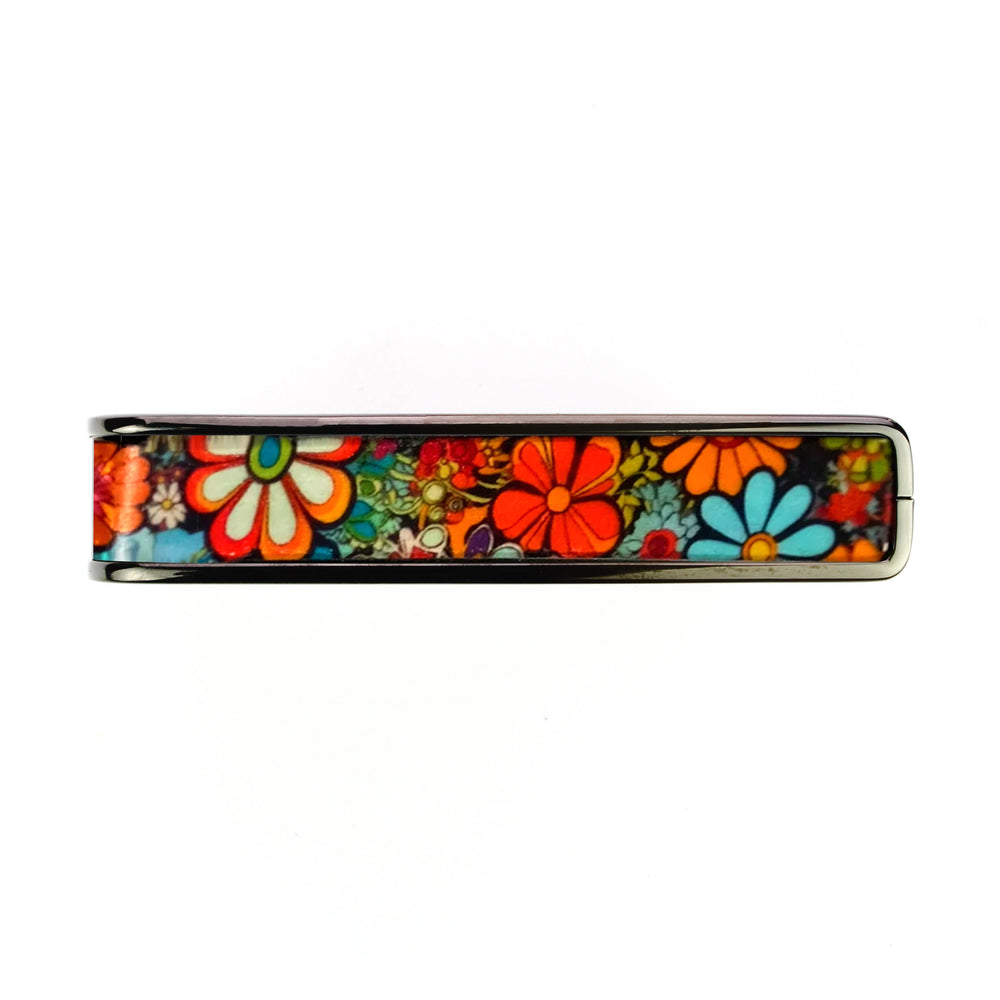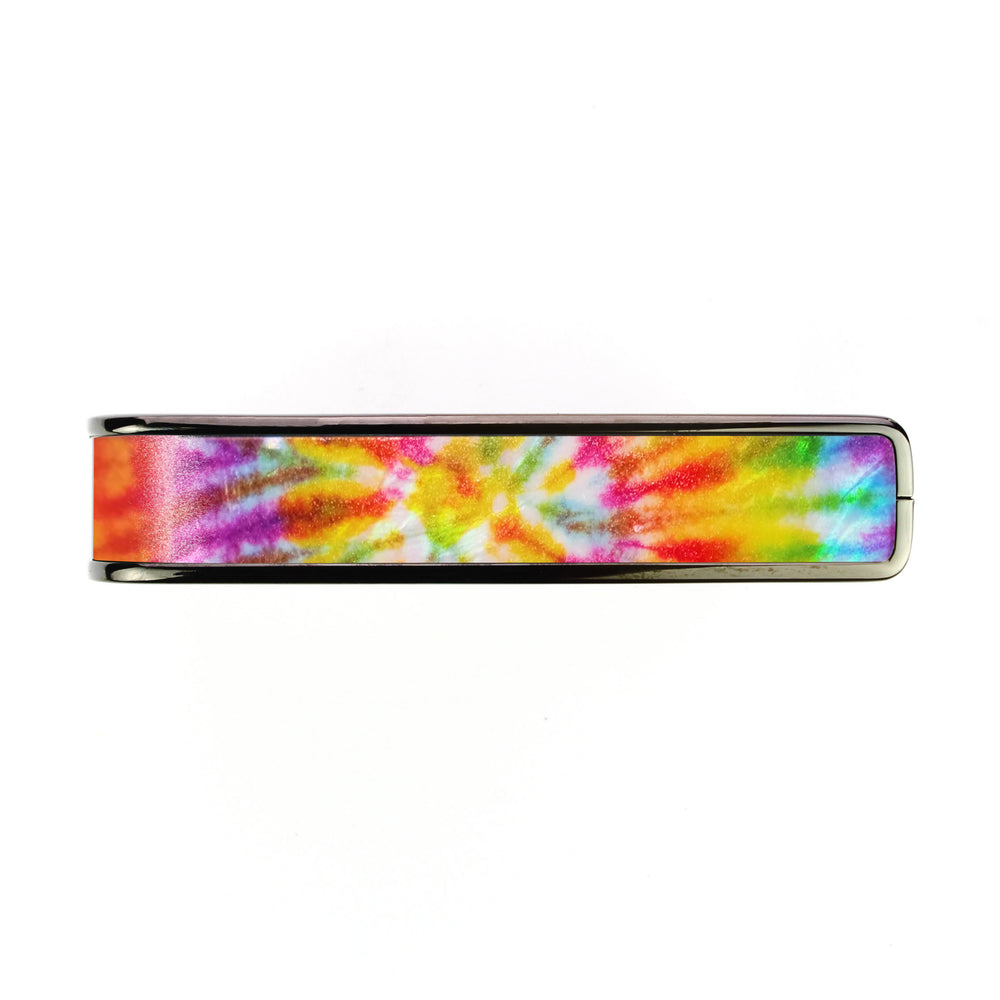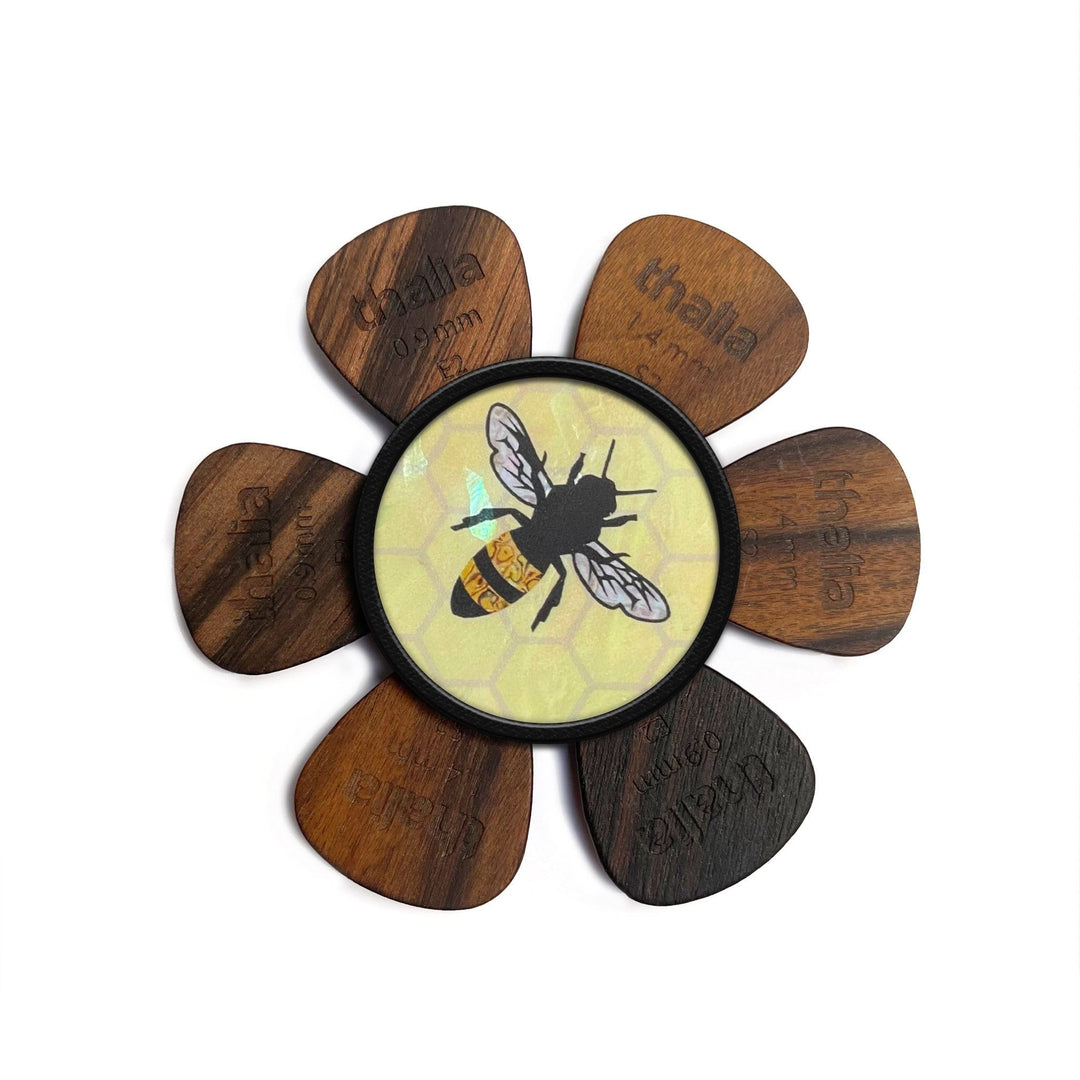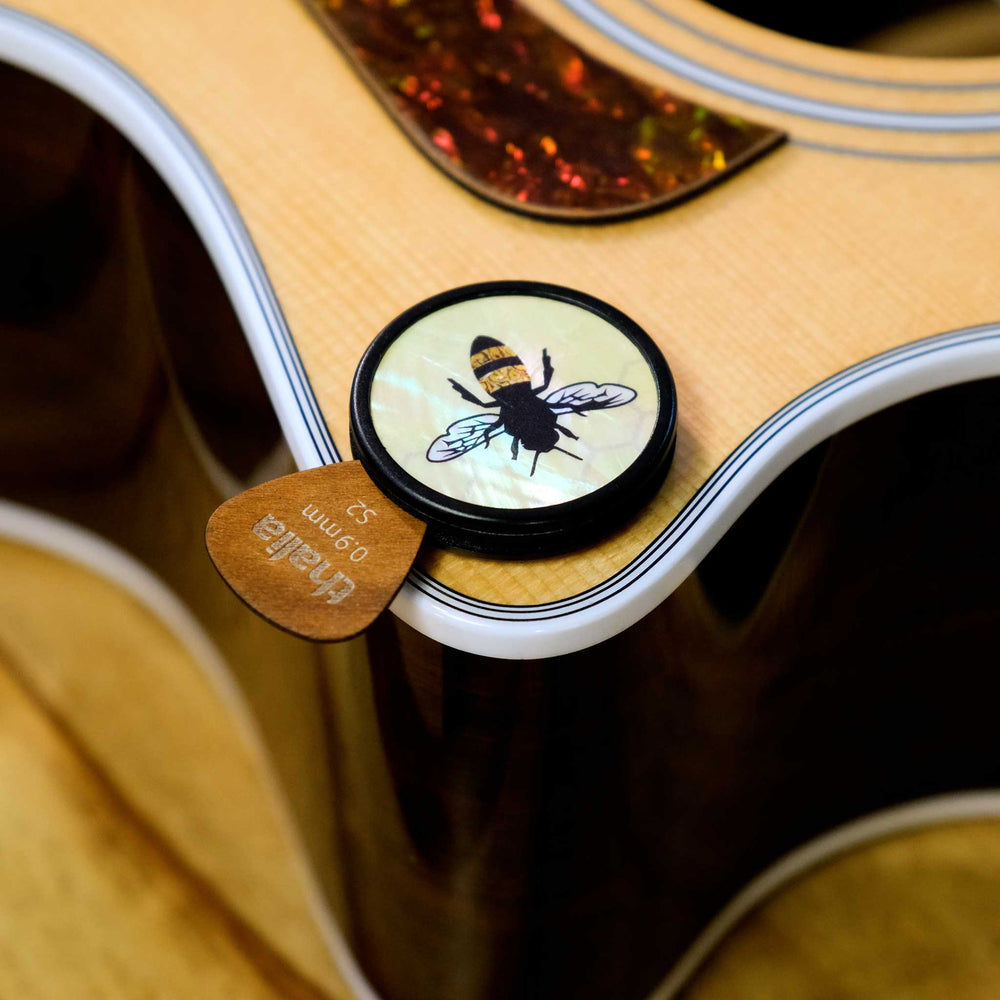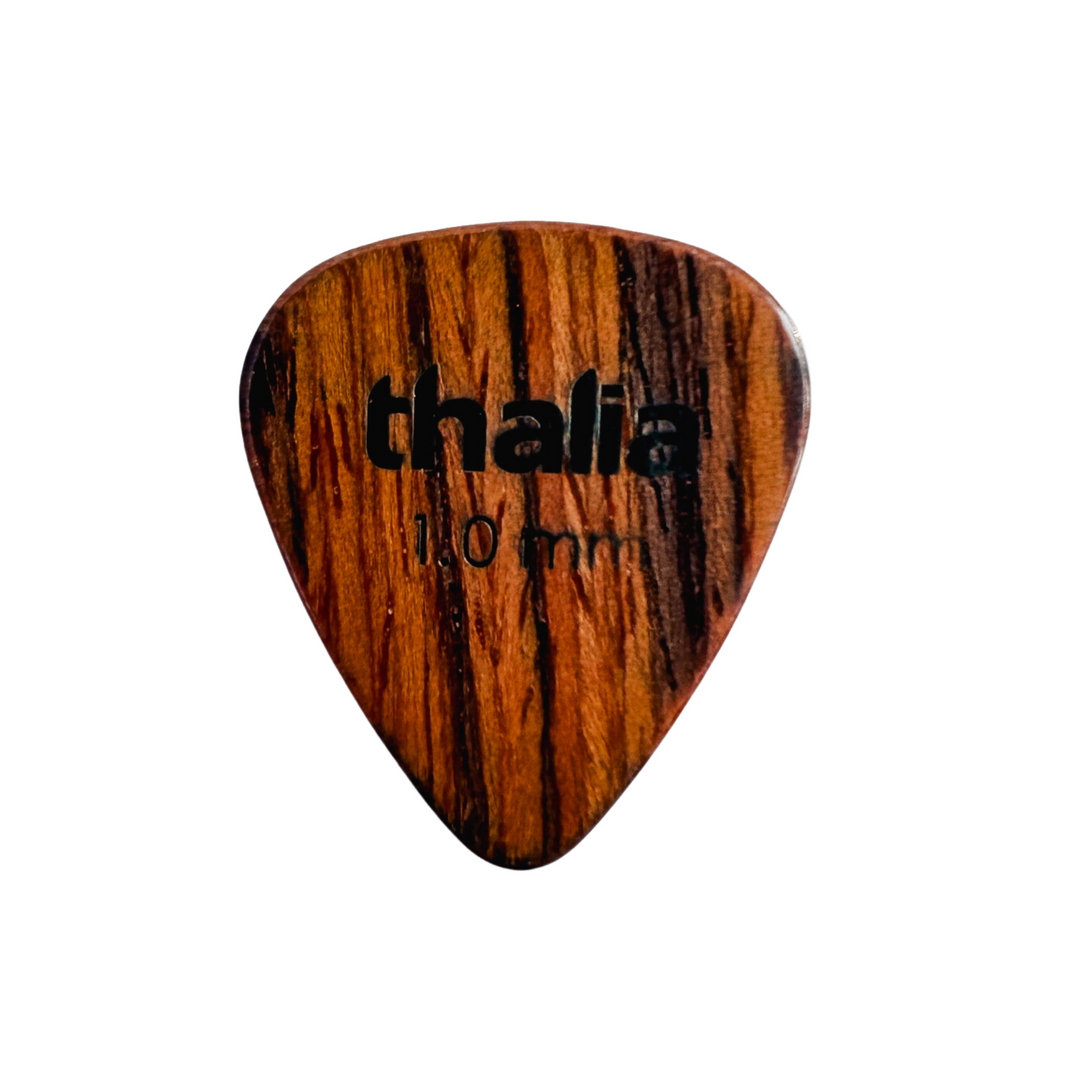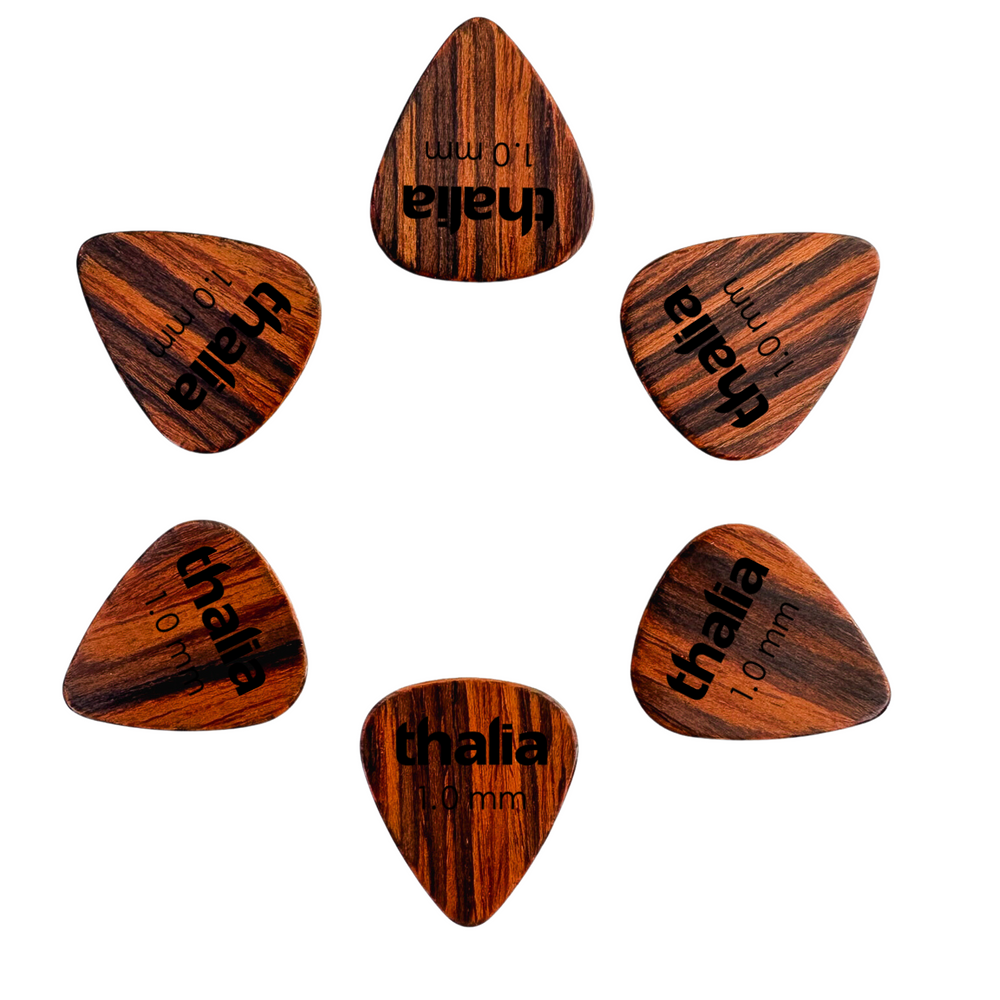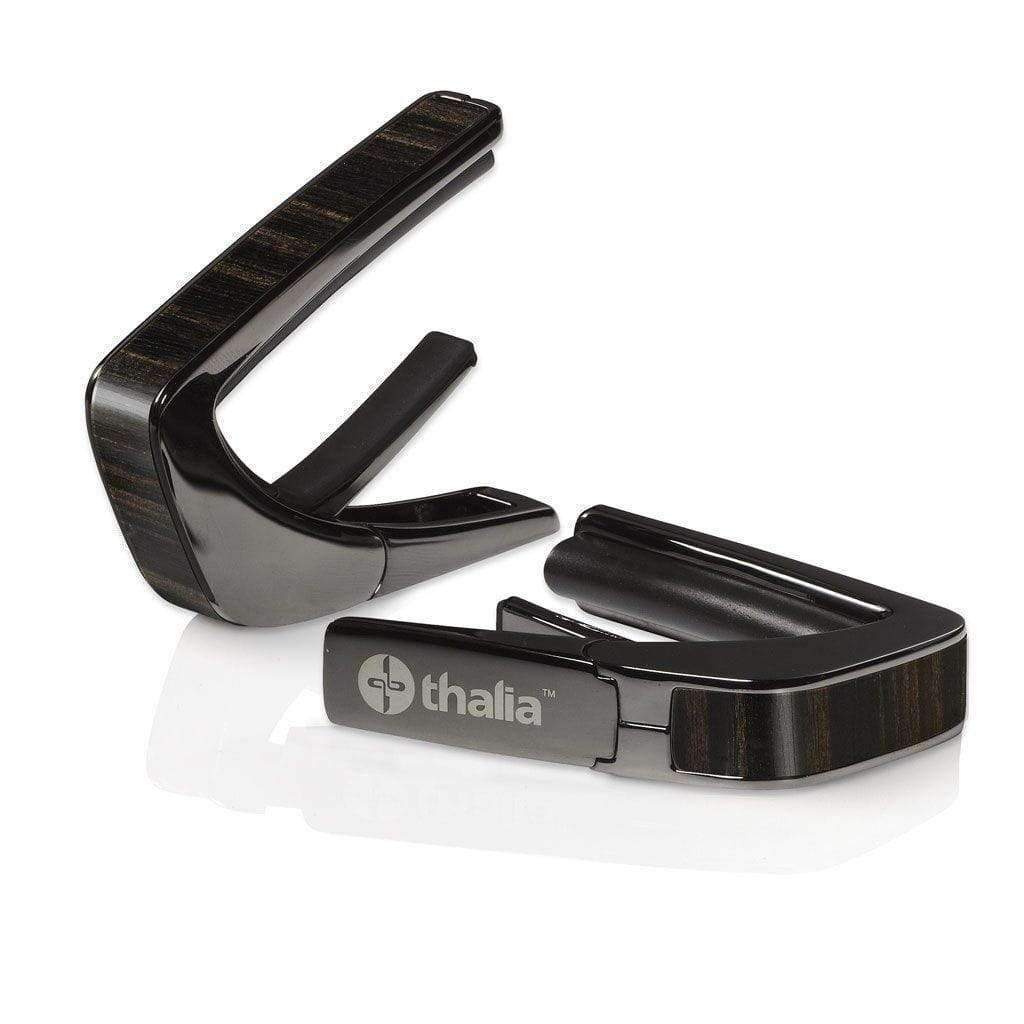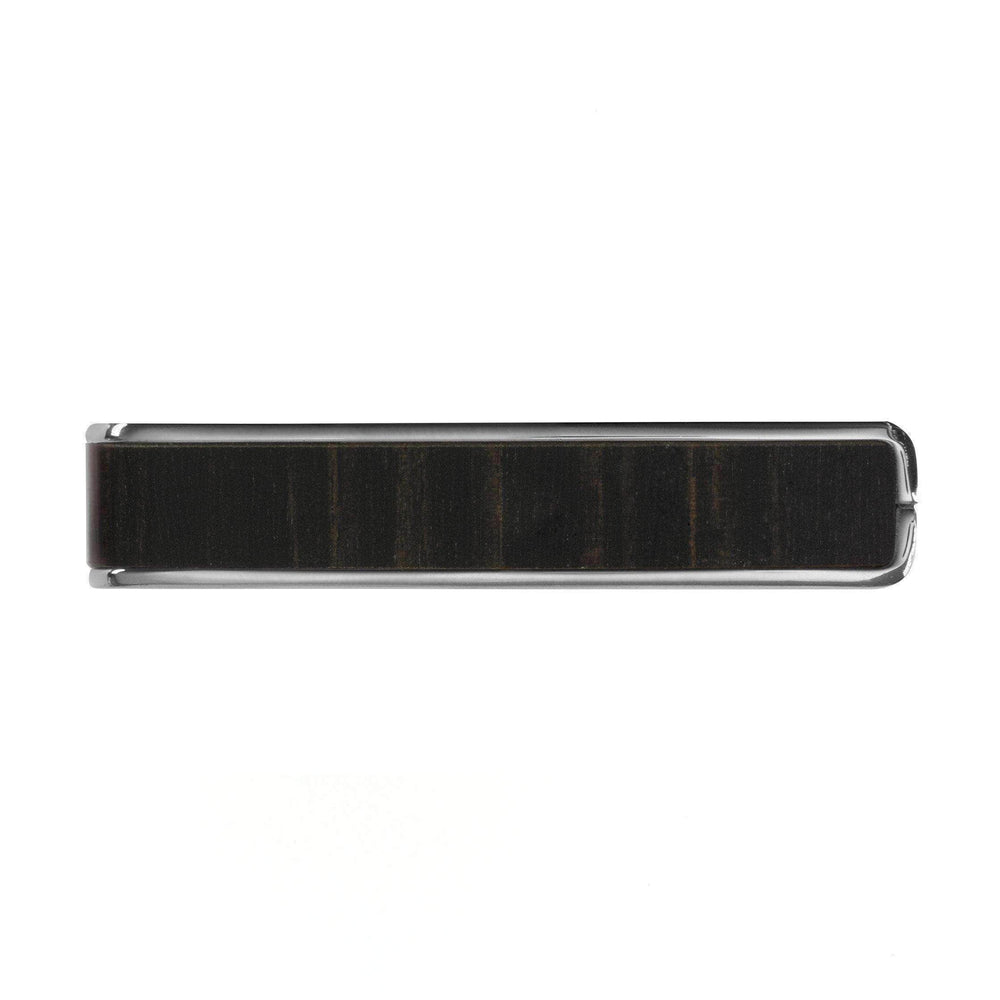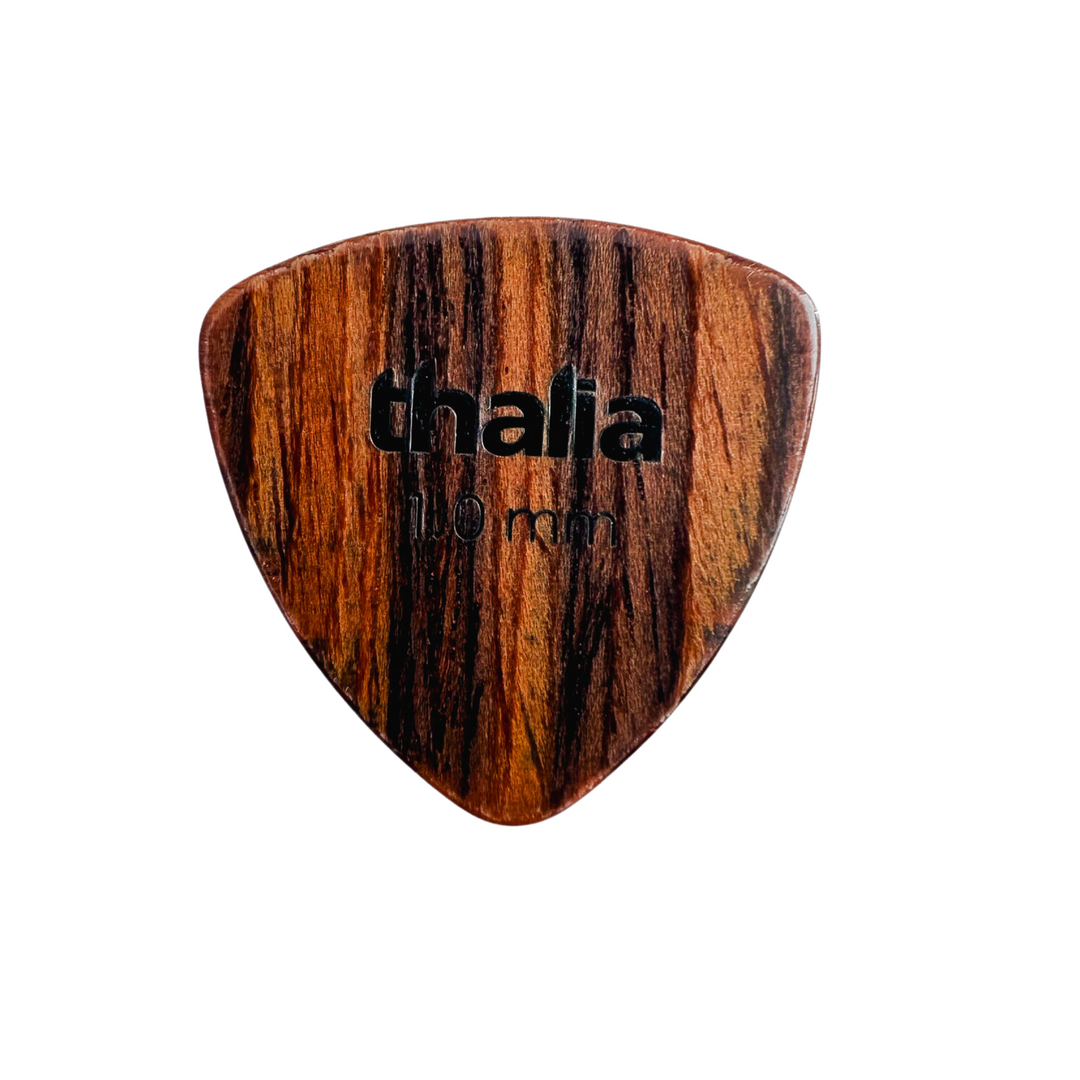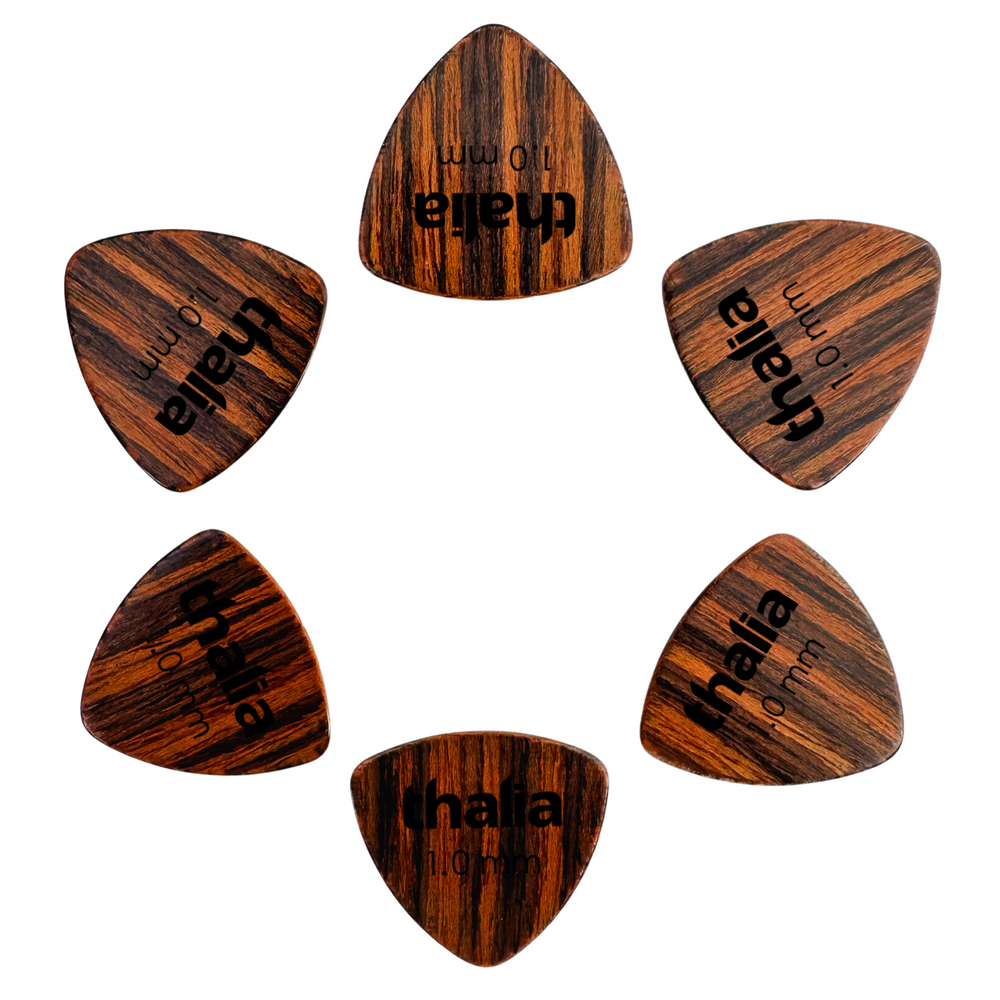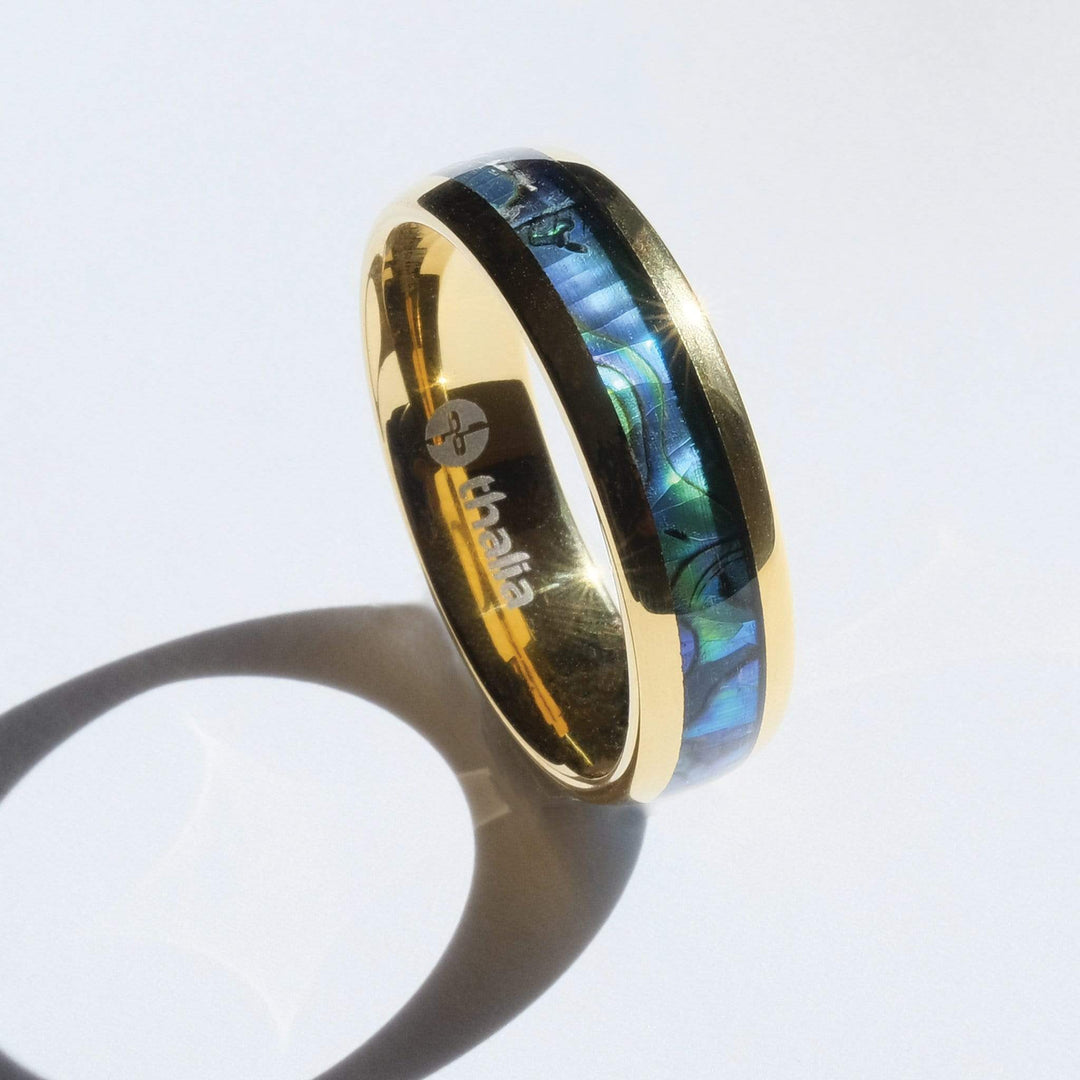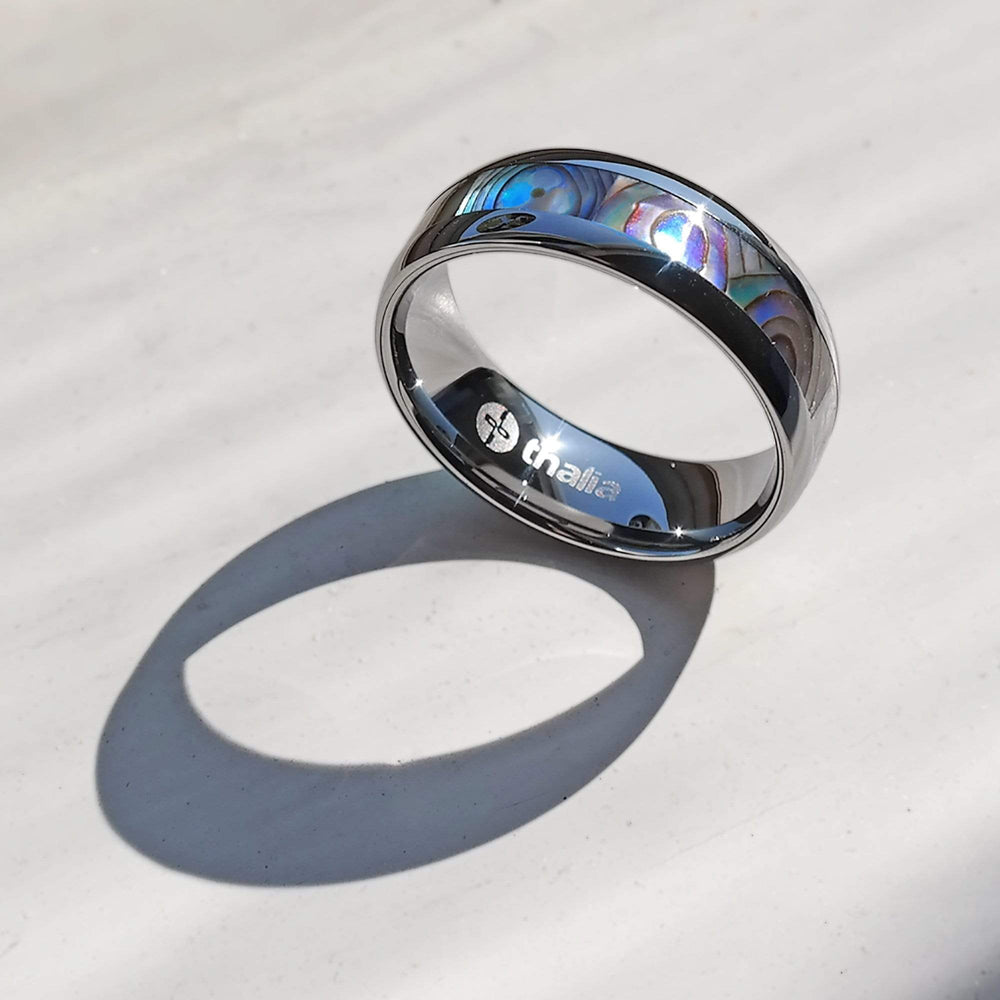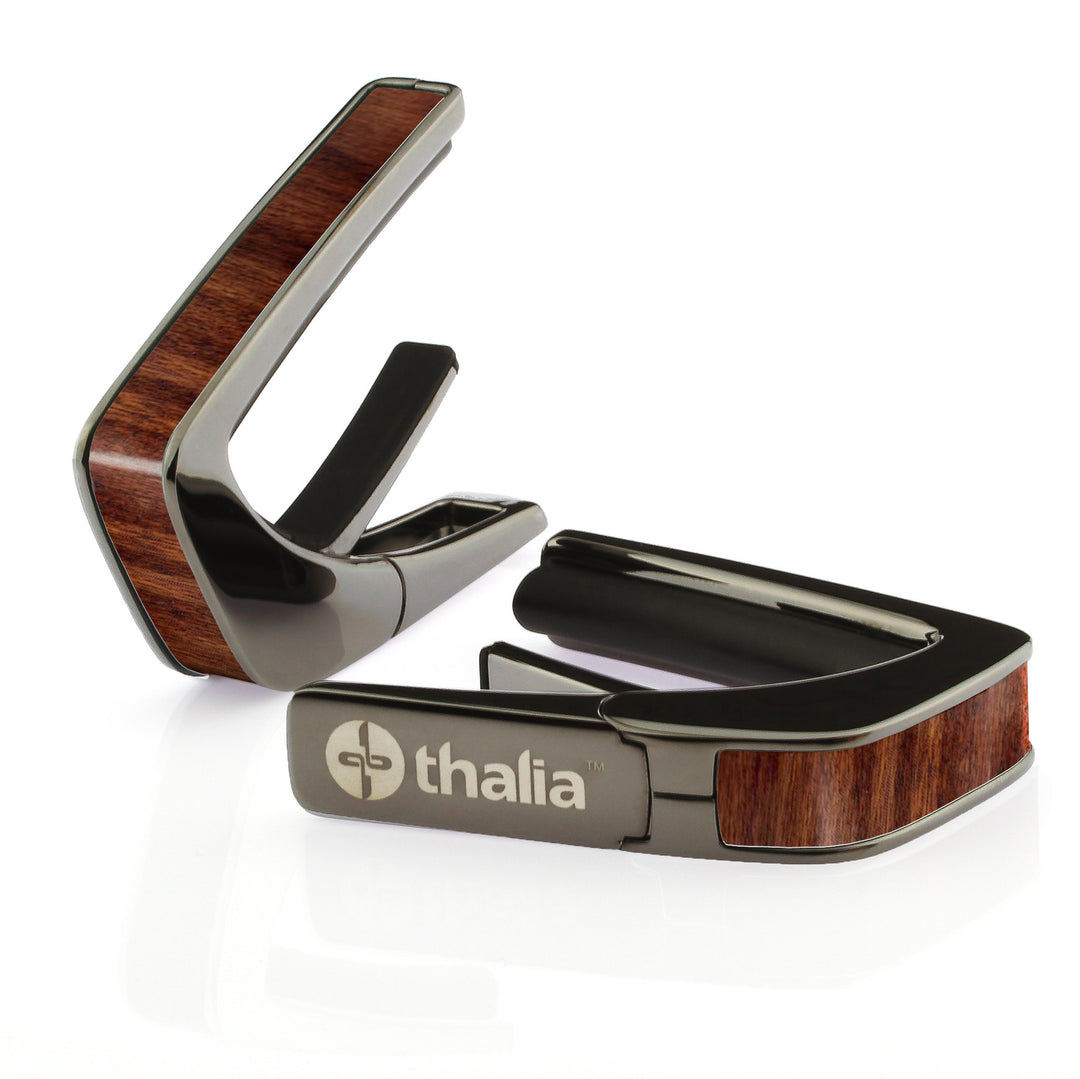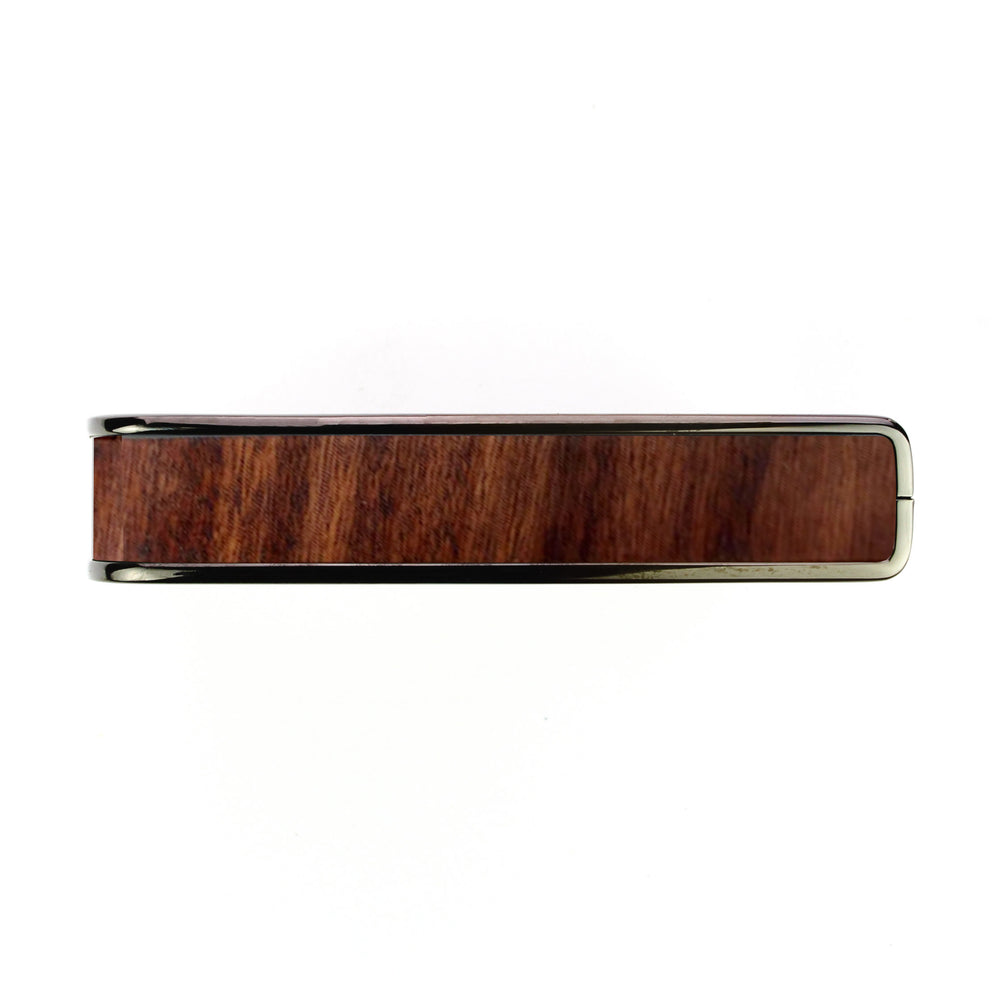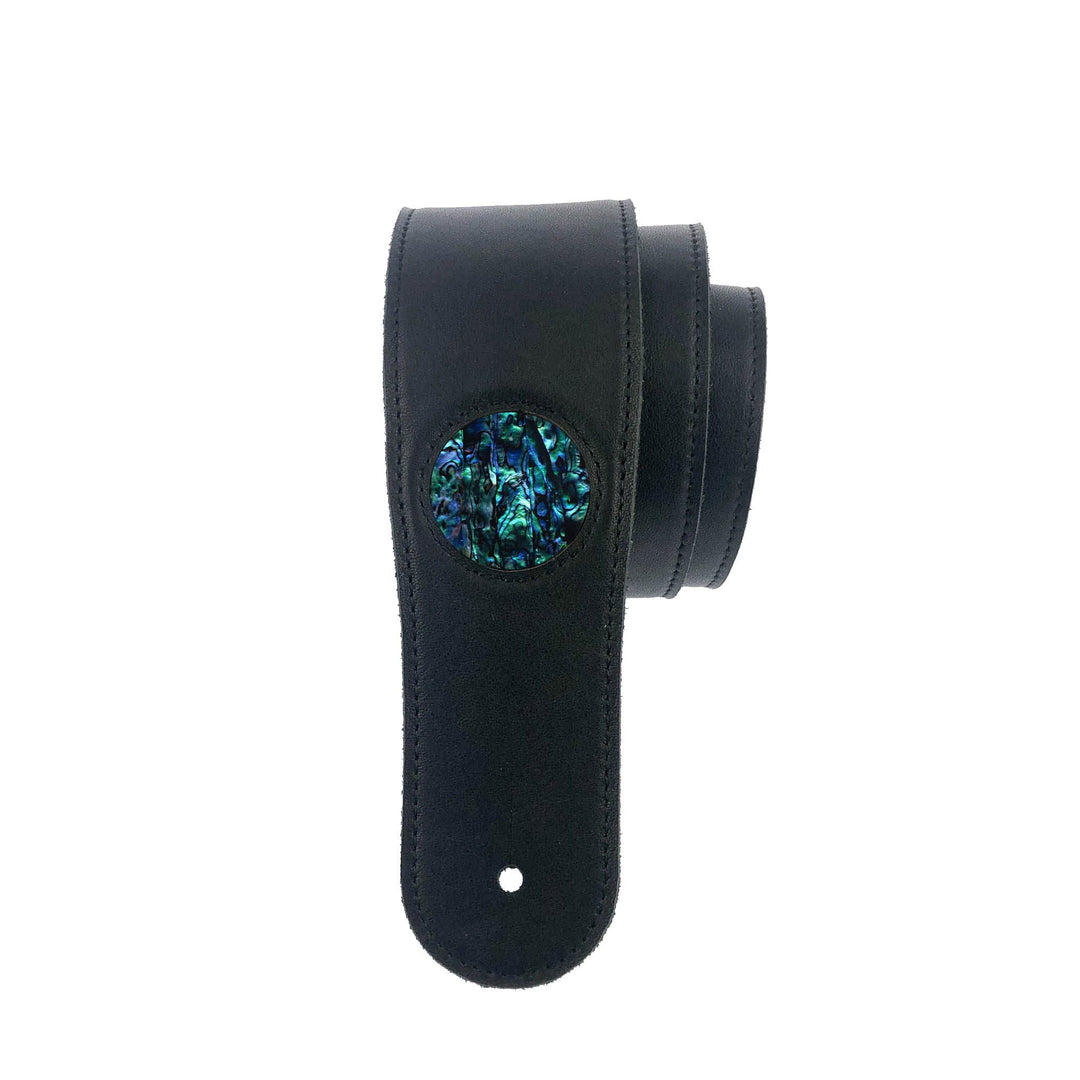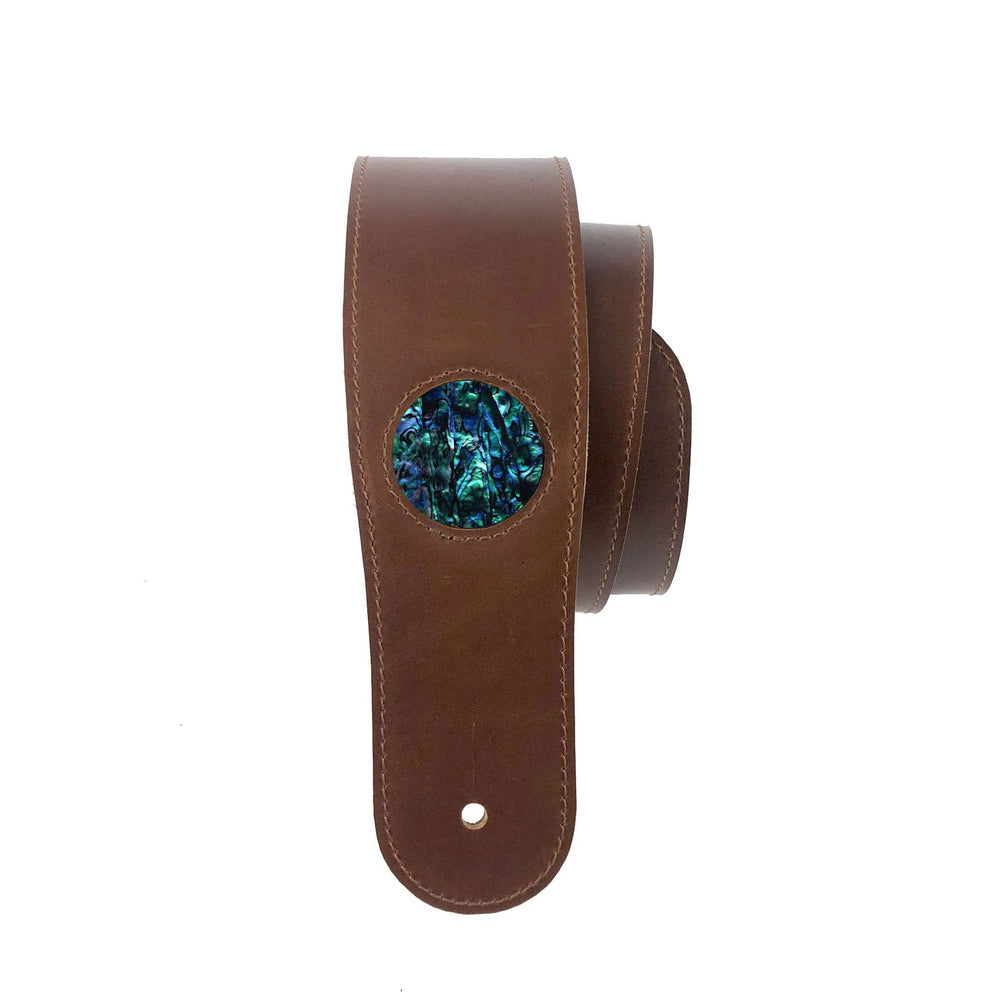Four Iconic Uses of the Wah Pedal
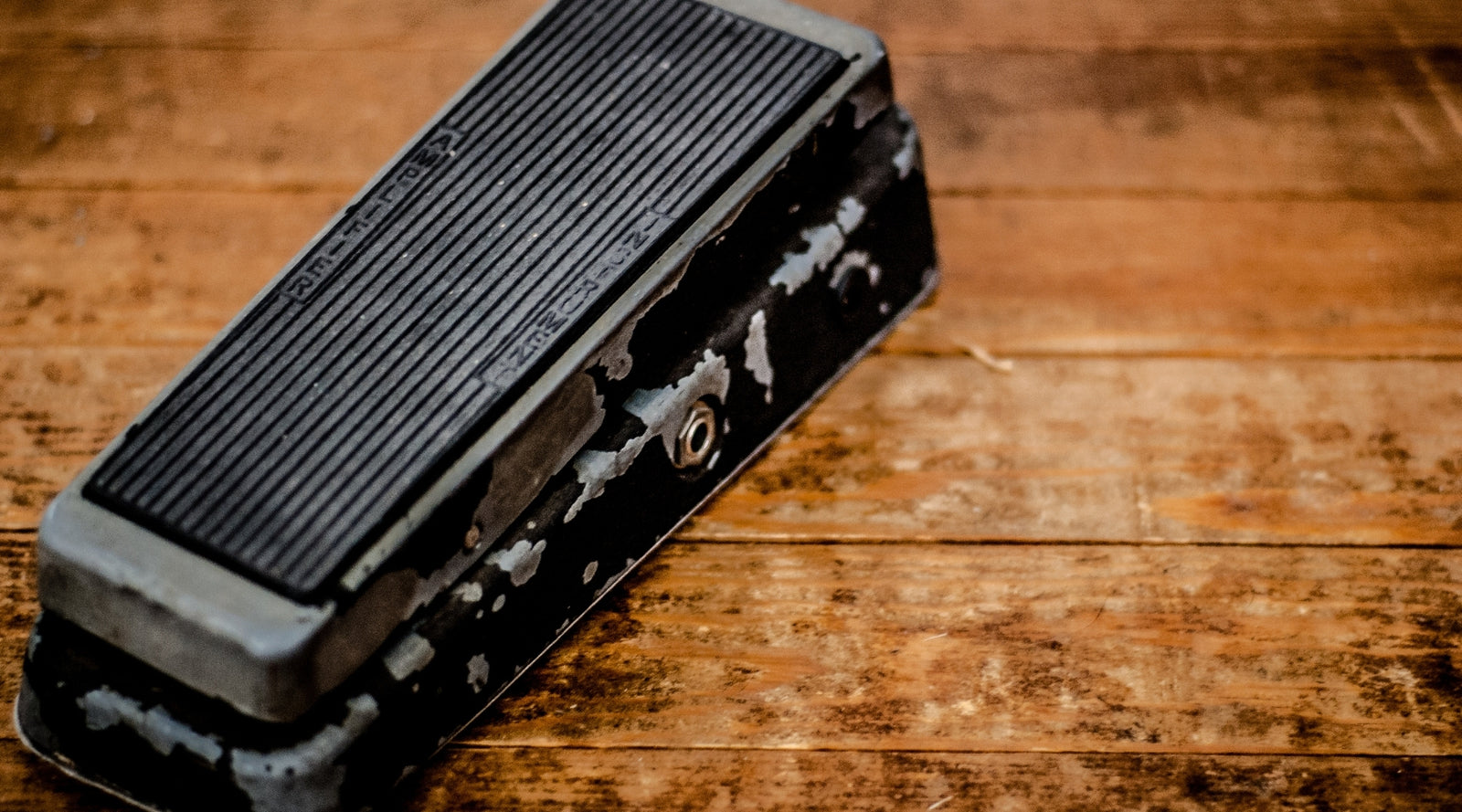
As far as I’m concerned, a wah is one of the essential pedals. Since its popularization in the late 1960s, it’s become an electric guitar cornerstone; great for adding expressiveness to solos or creating distinctive rhythm sounding parts.
I’ve been on a bit of a wah trip lately, and thinking about the pedal got me thinking about some of its most famous uses. I’ve compiled four of them below. For me, these are milestone moments that established the wah as an all-time great guitar player’s tool.
Cream – Tales of Brave Ulysses (1967)
You couldn’t have a list like this without a mention of Cream’s Tales of Brave Ulysses. Released in May 1967, …Ulysses was one of the first songs to feature the effect. Thanks to Eric Clapton (who, along with Jimi Hendrix) was introduced to the Wah pedal by Frank Zappa, the floodgates were open…
Jimi Hendrix – Voodoo Chile (Slight Return) (1968)
Perhaps his ultimate expression of psycheleicized Delta blues, Hendrix set the scene for Voodoo Chile with a now-iconic wah intro. Yes, Hendrix had used the pedal before (the previous year, he’d debuted the effect on Up From the Sky and Little Miss Lover), but the way he used it on Voodoo Chile was a game changer.
Isaac Hayes – Shaft (1971)
By the early 1970s, the wah was established as the effect de-jour for searing rock guitar solos. But, in the world of soul, funk and R & B, it was increasingly being used in a different way. The theme from Shaft, for example, is a masterclass in the pedal’s rhythmic applications. As Charles ‘Skip’ Pitts, who played guitar on the session, recalls:
“We were looking for something that would go with [Shaft’s] walk. Isaac told the drummer, ‘Give me some 16th notes.’ I was tuning my guitar, and checking the pedals out. I turned on the wah wah pedal, and was testing it out using a little pattern. [Isaac] said, ‘What are you doing?! Keep playing that! Keep playing that riff! I stayed on the same key the whole time -- all through the whole entire damn structure! Didn’t change anything except the structure of my foot.”
Pink Floyd – Echoes (1971)
One of the more unusual instances of wah use on this list is the distinctive “seagull scream” sounds heard on Pink Floyd’s 1971 opus “Echoes.” Over the years, many have assumed that those noise were pre-recorded sound effects. But, as Gilmour himself revealed, the noise came about due to a happy accident:
“We discovered it as the result of a serendipitous accident that happened in about 1969 or 1970, when a roadie had plugged the wah in the wrong way, and I stomped into it and got this incredible screaming noise.”
It’s more than just a weird noise, though. As the folks over at Gilmourish note:
“The brilliance of this effect isn’t really the effect in it self but the fact that David went ahead and explored how he could tame and integrate the effect in a song after obviously having heard something that must have sounded quite horrible.”
What’s your favourite wah moment of all time? And which wah pedal do you have on your board at the moment? Share your stories in the comments!



